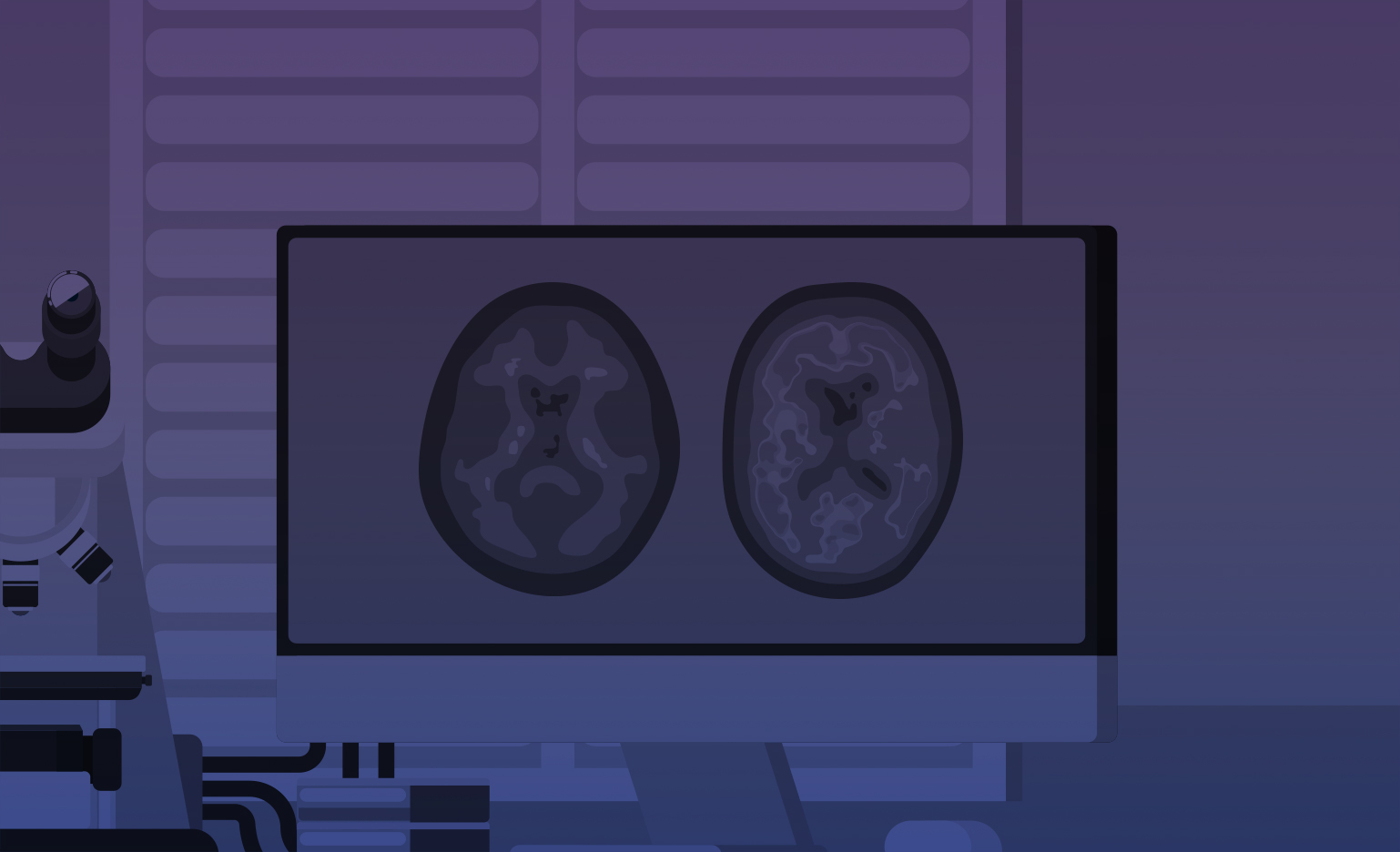AcuraStem Incorporated
AcuraStem Incorporated
Late-stage development of a PIKFYVE antisense oligonucleotide treatment for FTD
To identify new targets that rescue multiple forms of FTD, we performed chemical screens to identify targets that rescue the degeneration of C9ORF72, MAPT and sporadic FTD patient-derived cortical neurons. ASO-mediated suppression of the target PIKFYVE was the most potent approach in these patients’ neurons.
PIKFYVE is a lipid kinase that regulates vesicle trafficking, including autophagosome-lysosome fusion. Reducing PIKFYVE levels improves neuronal proteostasis, and results in the clearance of toxic protein aggregates and improved normal protein function. Delivery of an antisense oligonucleotide (ASO) targeting PIKFYVE mRNA is a viable method to reduce PIKFYVE protein levels. We have shown that PIKFYVE ASO treatment can rescue human, patient-derived disease models and mouse models of FTD. ASO treatment is much more effective in vivo in FTD mouse models than small molecule treatment, likely because the ASO achieves steady-state suppression of PIKFYVE levels over 30-days as compared to the transient, daily inhibition provided by the small molecule. No specific PIKFYVE ASO treatments are available.
Development candidate AS-202 is an investigational ASO inhibitor of PIKFYVE mRNA, under development to reduce levels of PIKFYVE protein in FTD patients. AS-202 achieves potent PIKFYVE suppression in patient-derived neurons in vitro, and in CNS tissues of humanized mice and nonhuman primates in vivo. AS-202 is effective at reversing phenotypes in patient-derived neurons in vitro including neurodegeneration, TDP-43- and tau-related pathology. AS-202 has no known suppression of off-target genes. AS-202 has been well tolerated in toxicity studies in rat and non human primates and demonstrates a large therapeutic index.
The objective of this proposal is to advance AS-202 in IND-enabling studies.

